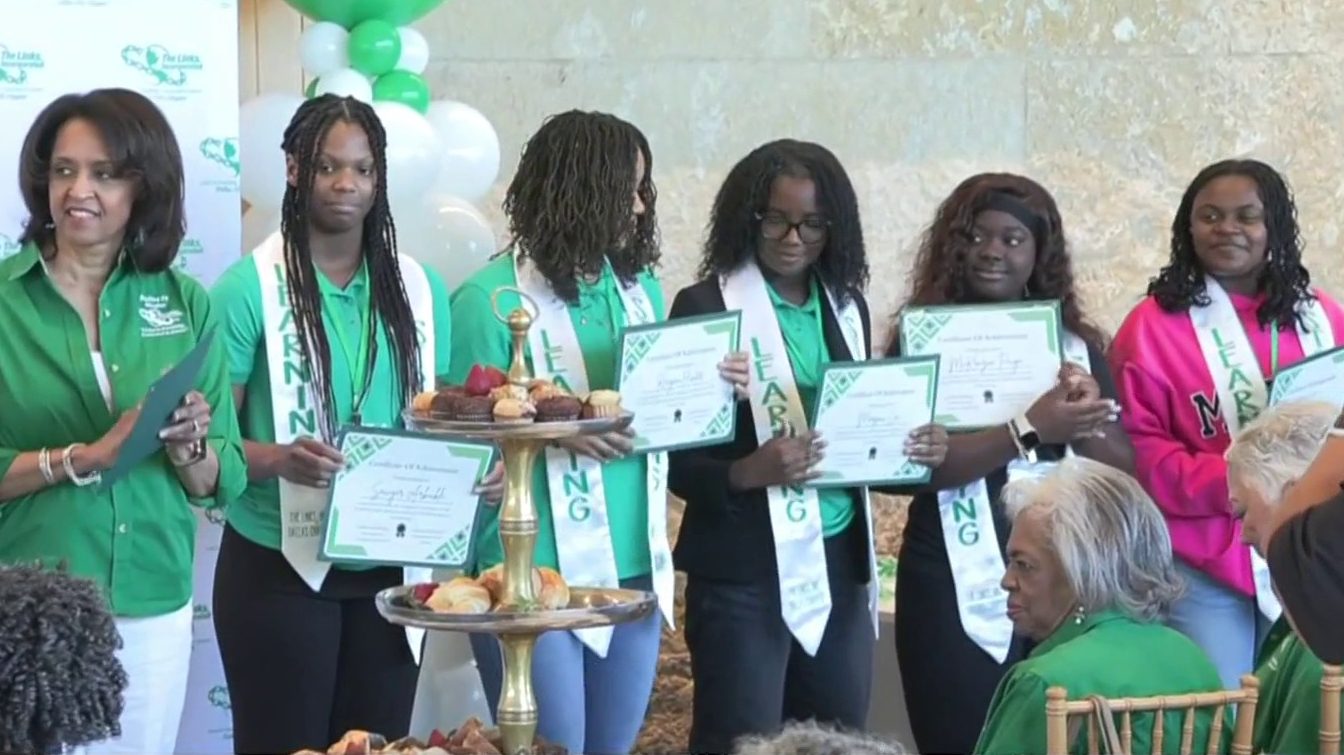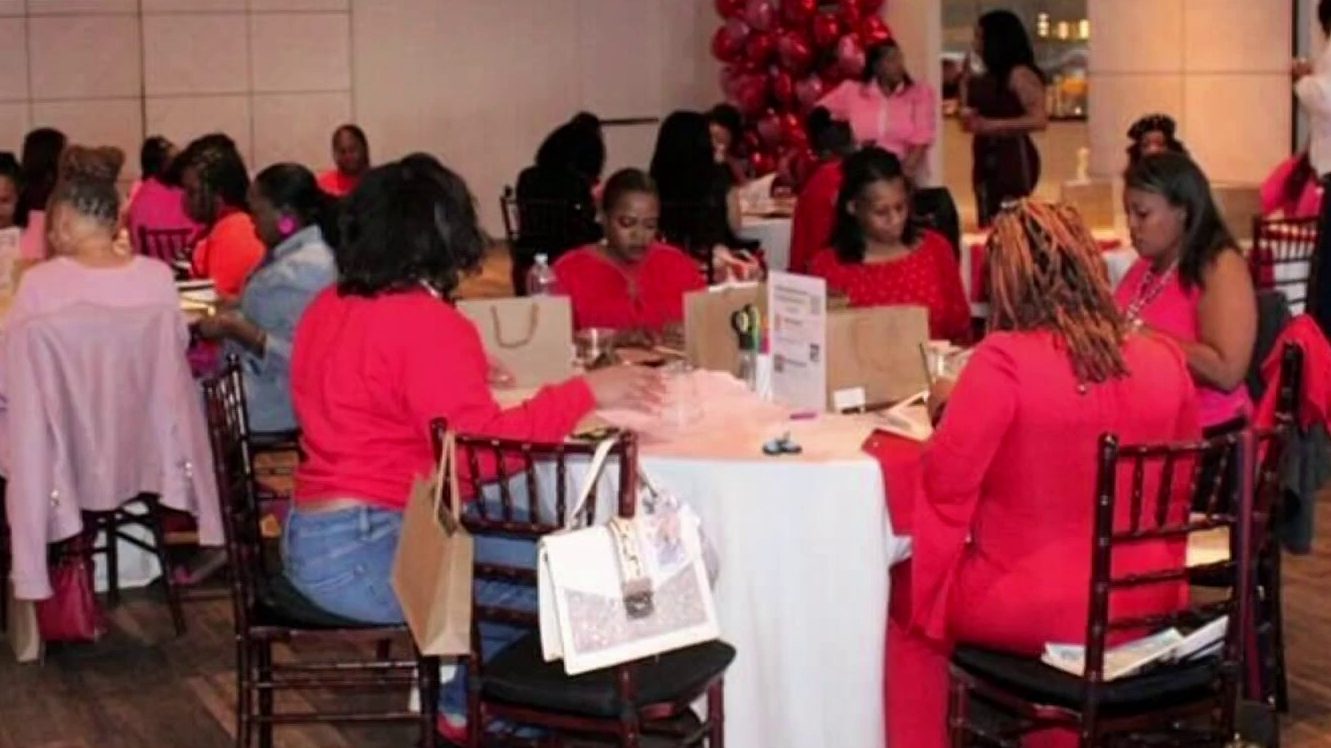It's not just "3, 2, 1, blastoff" at the Academy of Technology, Engineering, Math & Science, though rocket science is among the school's offerings.
The Abilene Reporter-News reports aerospace engineering, a subspecialty within the engineering track at the specialized high school on East Highway 80, was launched this year. The school is part of the Abilene Independent School District.
Whether it's learning about the force needed to send a rocket into the sky or how an airplane keeps from crashing, students are tackling many real-world problems.
They'll also have the opportunity for deeper-level study. Texas State Technical College and NASA have made programs available to the aerospace engineering students -- or those who simply have an interest in space and science.
"We're taking 30 students to Waco for the Challenger Learning Center," said Tracy Long, an engineering teacher at ATEMS. "They'll actually do a space mission where half of them will be mission control and the other half will be in the shuttle. After it's done, they'll switch roles and do it again."
The Challenger Learning Center, hosted by the TSTC campus in Waco, is part of the Challenger Center for Space Science Education, an international not-for-profit education organization founded by the families of the astronauts who died during the Challenger space shuttle mission.
The center also will host students from the Brownwood Independent School District in February, according to a news release from TSTC.
Local
The latest news from around North Texas.
The Waco-based center is the third of its kind in Texas.
Aerospace engineering involves a great deal of preparation. For senior Josh Murphy, this involves learning in a cockpit. But instead of visiting an actual aircraft, Murphy gets to learn sitting at a computer desk.
Another program first at ATEMS is the school's participation in the Texas High School Aerospace Scholars program. Instructional specialist Jennifer Yates has spent the past two years as a technical reviewer with the Johnson Space Center-affiliated program, but she'd never had any students apply to participate.
This year, ATEMS had three juniors accepted: Jaimalee Cordova, Kia Smith and Moise Ngendahayo.
The students work independently on several projects across engineering, technology, math and science modules, Yates said. As a reward for their hard work, the highest-performing participants -- roughly 400 from around the state -- get a one-week, expenses-paid trip to work with interns and engineers to complete a space mission at the Johnson Space Center in Houston.
For Smith, the idea of a trip to NASA was a large enough draw to cross over from her studies in ATEMS' information technology track.
She said learning new things is a passion of hers, especially in science.
One of her assignments took her to an online discussion forum, in which program participants were required to research a technology and describe what it is used for. Smith chose the Gecko Gripper. She said her ideas about its use, to safely secure heavier objects to the wall without creating a mess, were accepted by the community.
"They thought it was a very creative idea and that it was very useful," Smith said. "(This program) is a really good opportunity for me to learn about things I normally wouldn't take the time of day to think about. It gives me access to articles I never knew existed and the amount of information is enormous. And it'll also look good on a resume."
Cordova said she also enjoyed taking part in the online discussion about subjects such as technology.
The student, who noted that she's the only female in the school's aerospace engineering program, said she is interested in making it her career.
"I would definitely love working with NASA," Cordova said, "and doing what they do here."



